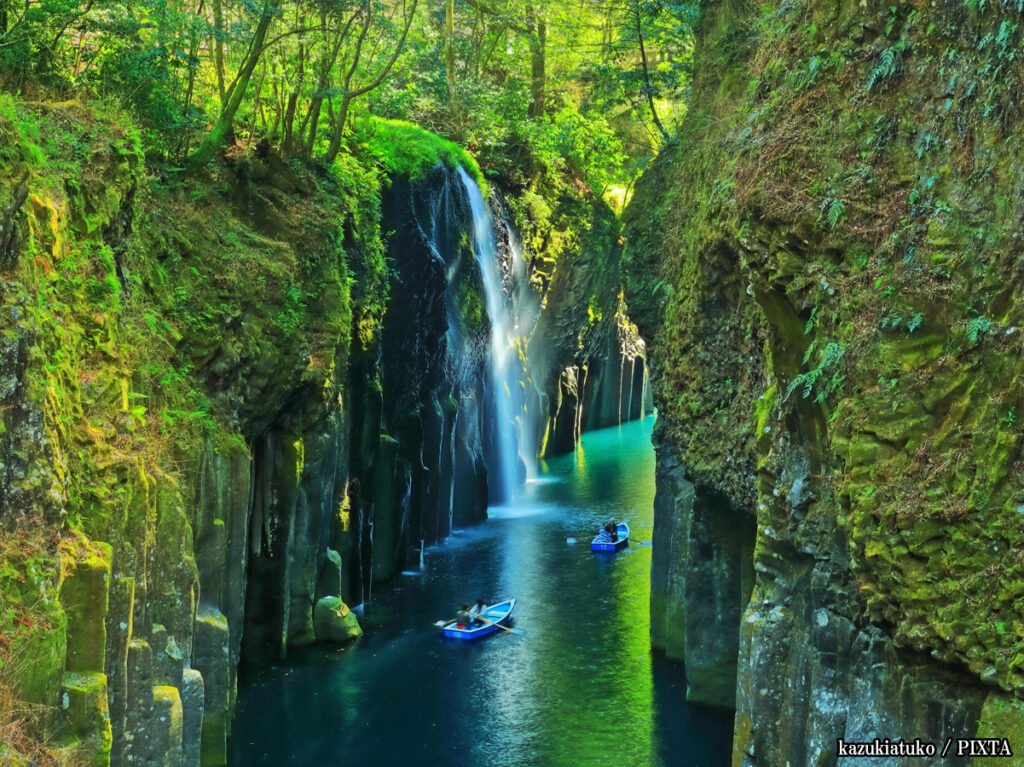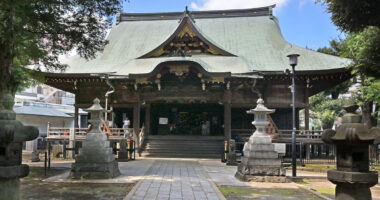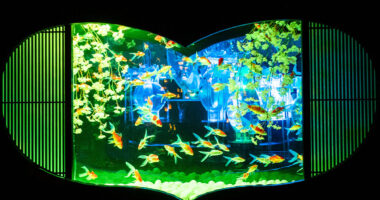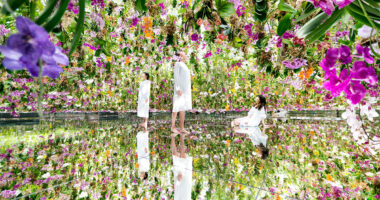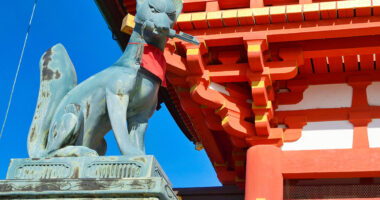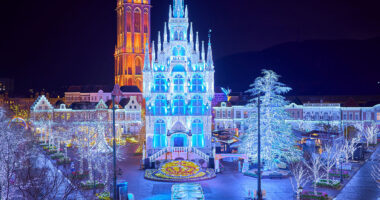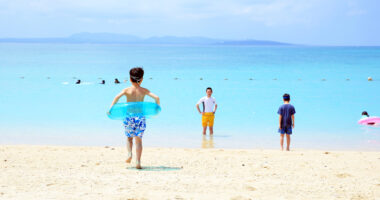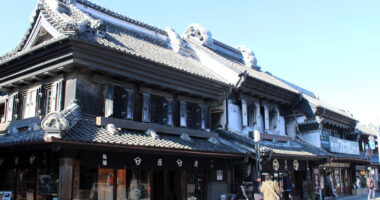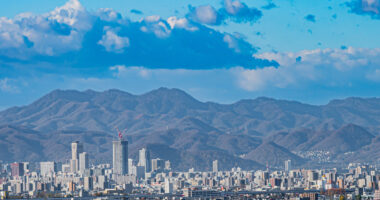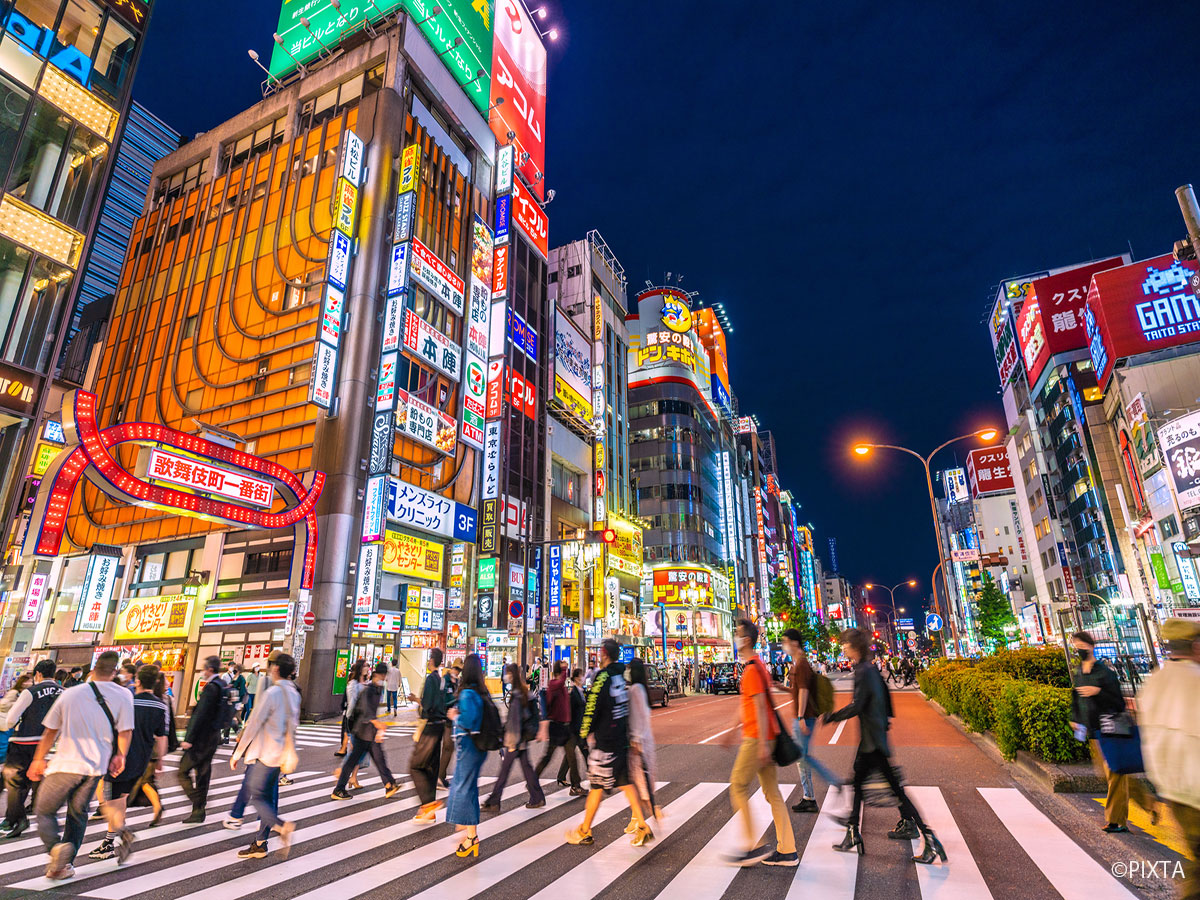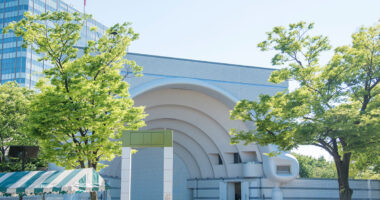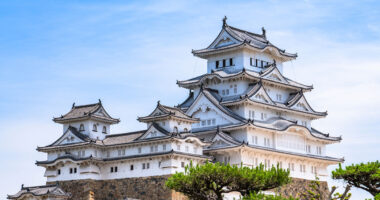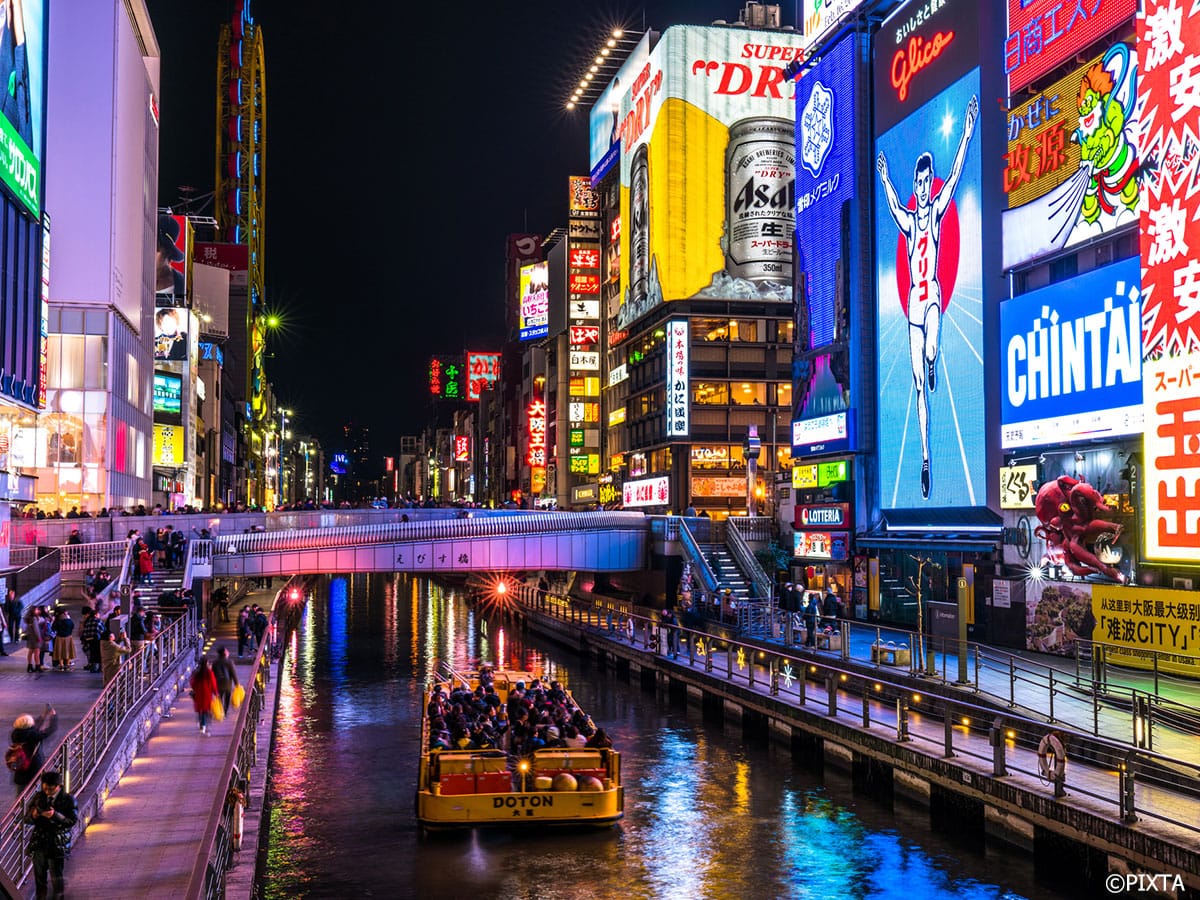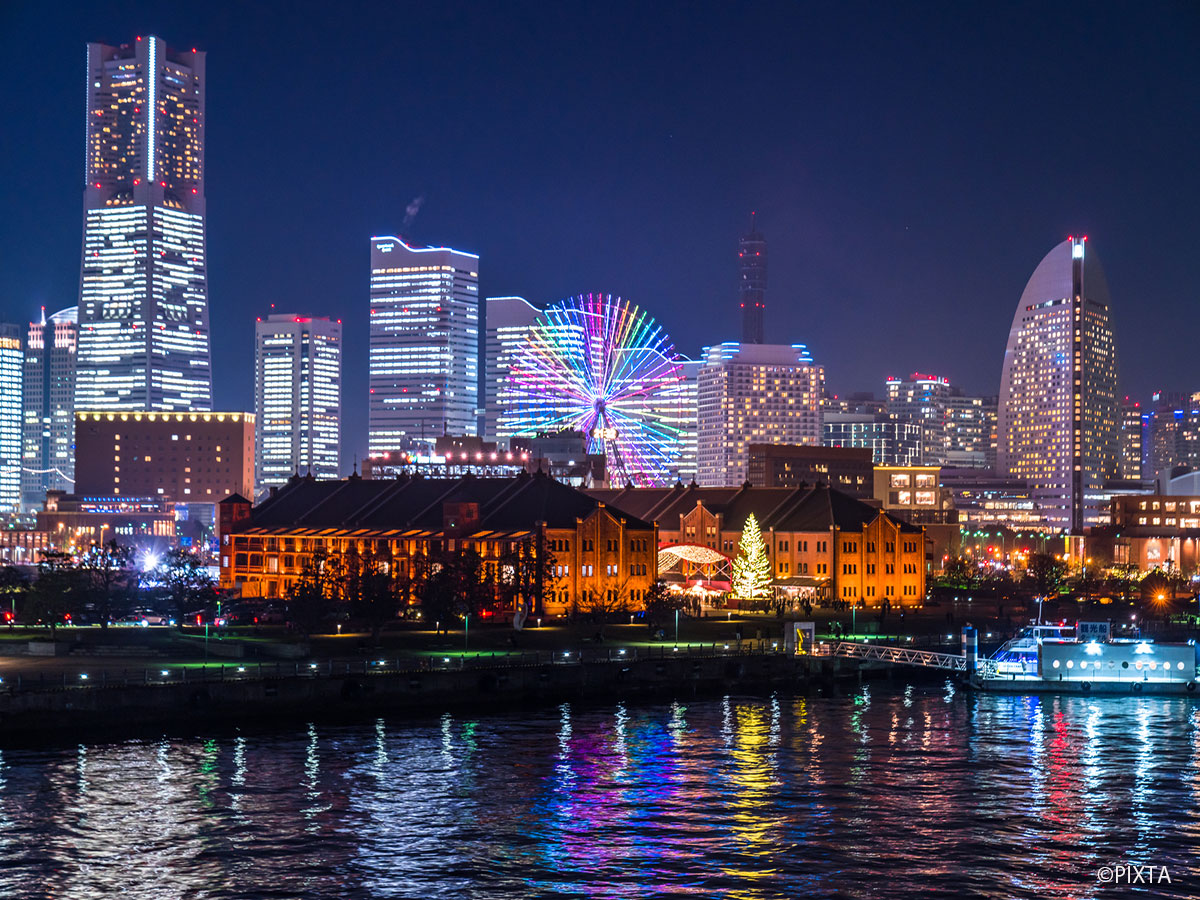Tucked into the mountains of Miyazaki Prefecture, Takachiho Gorge is a geological wonder where the Gokase River carved its way through towering basalt cliffs. Shaped by ancient lava flows, these striking columnar formations form the dramatic setting for Manai Falls, which pours into the gorge and sends up a shimmering mist. The best way to experience it all is by rowboat, gliding between the cliffs as you take in the view of the falls. For first-time visitors, it’s an experience worth planning ahead for, especially during peak seasons when demand runs high.
- What is Takachiho Gorge and why visit?
- How to book a boat tour (reservations, fees, languages)
- Best time to visit: season, time of day, and crowds
- What to bring and wear
- Safety tips and rules on the water
- Other things to do in Takachiho
- Access to Takachiho from major cities
- Final thoughts: Make the most of your gorge visit
What is Takachiho Gorge and why visit?
Background on Takachiho Gorge
Takachiho Gorge is a dramatic V-shaped canyon carved by the Gokase River through layers of ancient volcanic rock. Sheer cliffs rise nearly 100 meters on either side, enclosing the narrow waterway in steep bands of stone. At the center, Manai Falls—ranked among Japan’s Top 100 Waterfalls—flows steadily into the river below, heightening the gorge’s otherworldly atmosphere.
Why visit?
- Stunning natural beauty:
The unique rock formations and riverside waterfall create a dramatic setting that stands out among Japan’s natural landmarks and is perfect for photos. - Iconic boat experience:
Renting a rowboat lets you see the gorge from the water, with close views of the cliffs and Manai Falls. - Mythological significance:
In Japanese mythology, Takachiho is believed to be where the sun goddess Amaterasu hid in a cave, plunging the world into darkness, which adds a spiritual layer to the visit. - Tranquility:
Despite its popularity with tourists, the gorge’s forested slopes and flowing river keep the landscape feeling grounded in nature.
How to book a boat tour (reservations, fees, languages)
Booking a boat tour at Takachiho Gorge requires careful planning due to its popularity, especially during peak seasons.
- Reservations:
Advance online reservations are highly recommended, almost essential, especially for weekends, holidays, and peak seasons (spring, autumn, Golden Week, summer holidays). The number of boats is limited, and same-day tickets often sell out very early in the morning, sometimes even before the ticket booth opens. Reservations can be made through the official Takachiho Tourist Association website. - Fees:
A 30-minute boat rental costs approximately 4,100–5,100 JPY per boat (up to 3 people), depending on the day. This is a flat rate per boat, not per person. - Languages:
While the booking website might have English options, the on-site instructions for rowing are typically in Japanese. However, they are usually demonstrated visually, and the staff are accustomed to foreign visitors. - Rowing experience:
No rowing experience is necessary. The boats are small and relatively easy to maneuver. Note that you are responsible for rowing your boat; no guide or boatman is provided. Life jackets are provided and must be worn. - Location for booking/tickets:
The rental reception and boarding area are located near the Manai Falls observation point.
Best time to visit: season, time of day, and crowds
Timing your visit is crucial for a pleasant experience.
Season
- Spring (March-May) & Autumn (October-November):
These are the most popular times to visit, with pleasant weather and seasonal foliage (cherry blossoms in spring, colorful leaves in autumn). These seasons also draw the largest crowds, especially on weekends and holidays. - Summer (June-September):
This time is hot and humid, but the greenery is vibrant, and the mist from the waterfall can be refreshing. Expect peak crowds, most notably during school holidays. - Winter (December-February):
This season sees fewer visitors. The gorge takes on a more subdued appearance, and ice may form near the falls. Boat tours may be canceled in bad weather (heavy rain, strong winds, or icy conditions).
Time of day
- Early morning:
Arriving at or before opening is the best strategy to avoid crowds and, for walk-ins, to secure a boat. Morning light also tends to be favorable for photography. - Late afternoon:
Late afternoon can be quieter than midday, but be sure to arrive before the final boat rental.
Crowds
On weekends, national holidays, and during peak seasons, the gorge is busy throughout the day. Without a reservation, expect (potentially hours-long) waits or the possibility that tickets will be sold out.
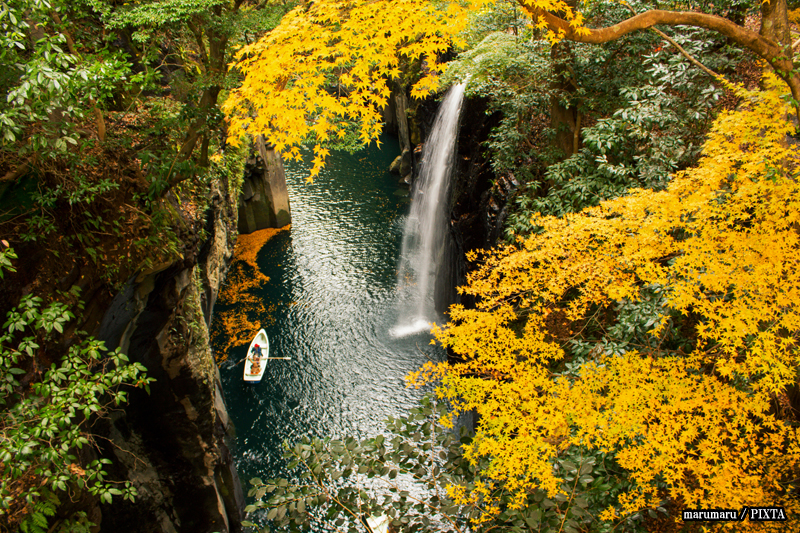
Photo for illustrative purposes
What to bring and wear
Here’s what to bring for a comfortable boat ride and walk through the gorge
- Comfortable clothing:
Wear comfortable clothes that allow for easy movement for rowing. Quick-drying fabrics are a plus. - Footwear:
Choose comfortable walking shoes. Avoid sandals or flip-flops if you plan to explore on foot. - Rain gear:
A light waterproof jacket or poncho is useful, especially if you plan to row near the waterfall or if there is a chance of rain. - Water bottle:
Stay hydrated, particularly during warmer months. - Sun protection:
Bring a hat, sunglasses, and sunscreen, especially if you’ll be queuing or walking along the gorge paths. - Small bag:
Space in the boat is limited, so pack light and secure anything that could fall into the water. - Camera/phone:
For photos. A waterproof case or phone strap is a good idea, as splashes are inevitable.
Safety tips and rules on the water
The boat tour is generally safe, but adhere to the rules for your own well-being
- Wear your life jacket:
Life jackets are mandatory for all participants. - Stay seated:
Remain seated in the boat at all times. - No standing:
Do not stand up while in the boat. - Keep hands inside:
Keep your hands and limbs inside the boat to avoid injury from rocks or other boats. - Follow staff instructions:
Always follow the instructions given by the rental staff. - Maintain distance:
Keep a safe distance from other boats and from the waterfall to avoid collisions or strong currents. - No swimming:
Swimming in the gorge is strictly prohibited. - Be mindful of others:
Share the space respectfully and avoid blocking the path or bumping into other boats.
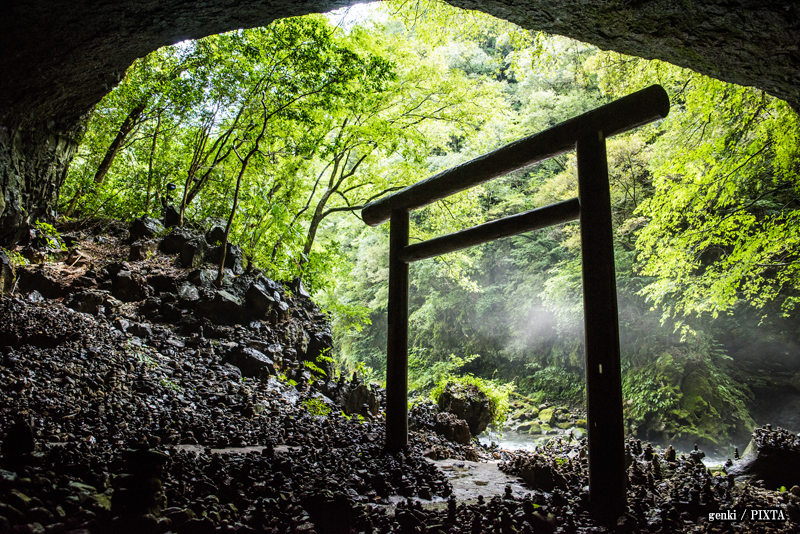
Photo for illustrative purposes
Other things to do in Takachiho
Takachiho offers more than just the gorge—consider extending your visit to explore its mythological and cultural landmarks.
- Takachiho Shrine:
A historic shrine dedicated to gods of Japanese mythology. Peaceful during the day and atmospheric at night, it’s a quiet counterpoint to the more crowded gorge area. - Takachiho Kagura:
Performed nightly from 8:00 PM to 9:00 PM at the Kaguradono (Kagura Hall) on the grounds of Takachiho Shrine. This performance features a one-hour digest of several key dances from the region’s traditional, all-night Yokagura rituals, offering a captivating glimpse into ancient Japanese mythology. - Amano Iwato Shrine & Amano Yasukawara Cave:
These sites are linked to the legend of Amaterasu and located farther from the gorge, but they are still accessible by local bus or car. - Walking trails:
Trails along the top of the gorge offer different perspectives of Manai Falls and the surrounding cliffs.
Access to Takachiho from major cities
Takachiho is somewhat remote and requires careful planning to reach.
- No direct train access:
There is no Shinkansen or JR train station in Takachiho. Travel involves a combination of trains and buses. - From Fukuoka (Hakata Station):
- Highway bus:
Take the Gokase-go highway bus from Hakata Bus Terminal (next to Hakata Station) to Takachiho Bus Center. This is often the most convenient option. Approx. 3 hours, 4,000-5,000 JPY one way. Booking in advance is recommended. - Train + bus:
Take the JR Kyushu Shinkansen to Kumamoto, then transfer to a bus bound for Takachiho. This route is longer and potentially more complex. - From Kumamoto:
Take a direct highway bus from Kumamoto Kotsu Center or Kumamoto Station to Takachiho Bus Center. Approx. 3 hours, 2,500-3,000 JPY one way. - From Miyazaki City:
Take a direct highway bus from Miyazaki Station to Takachiho Bus Center (approx. 2 hours 50 minutes, 1,870–2,500 JPY one way) or a local bus to Nobeoka Station, then transfer to a bus for Takachiho (total approx. 3–4 hours). - Renting a car:
Renting a car gives you the most freedom to explore Takachiho and the surrounding area at your own pace, but be prepared for the mountain roads.
From Takachiho Bus Center, the gorge is about a 30-minute walk. Local buses and taxis are also available.
Final thoughts: Make the most of your gorge visit
Takachiho Gorge leaves its mark not by scale alone, but through the way its myths and geology come together in a place that feels frozen in time. Gliding beneath towering basalt cliffs in a rowboat offers more than an unforgettable view—it brings a rare stillness as you enter a sacred space shaped over millennia by fire and water. Reaching the gorge requires effort: rural travel, tight reservation windows, and early morning arrivals. Yet those small challenges fade once you’re on the water, replaced by the hush of oars, mist in the air, and the calm that settles when you’re surrounded by stone and river.
